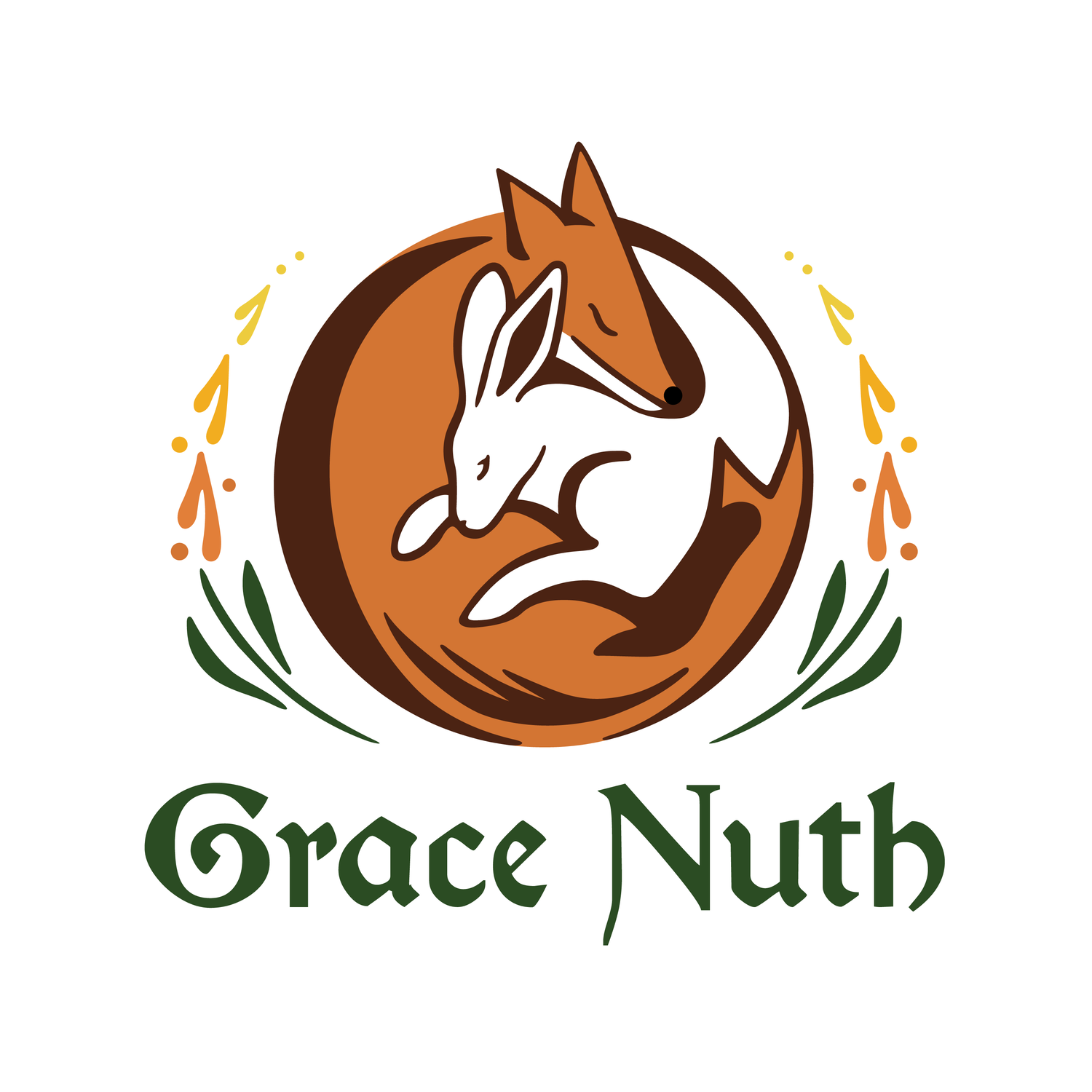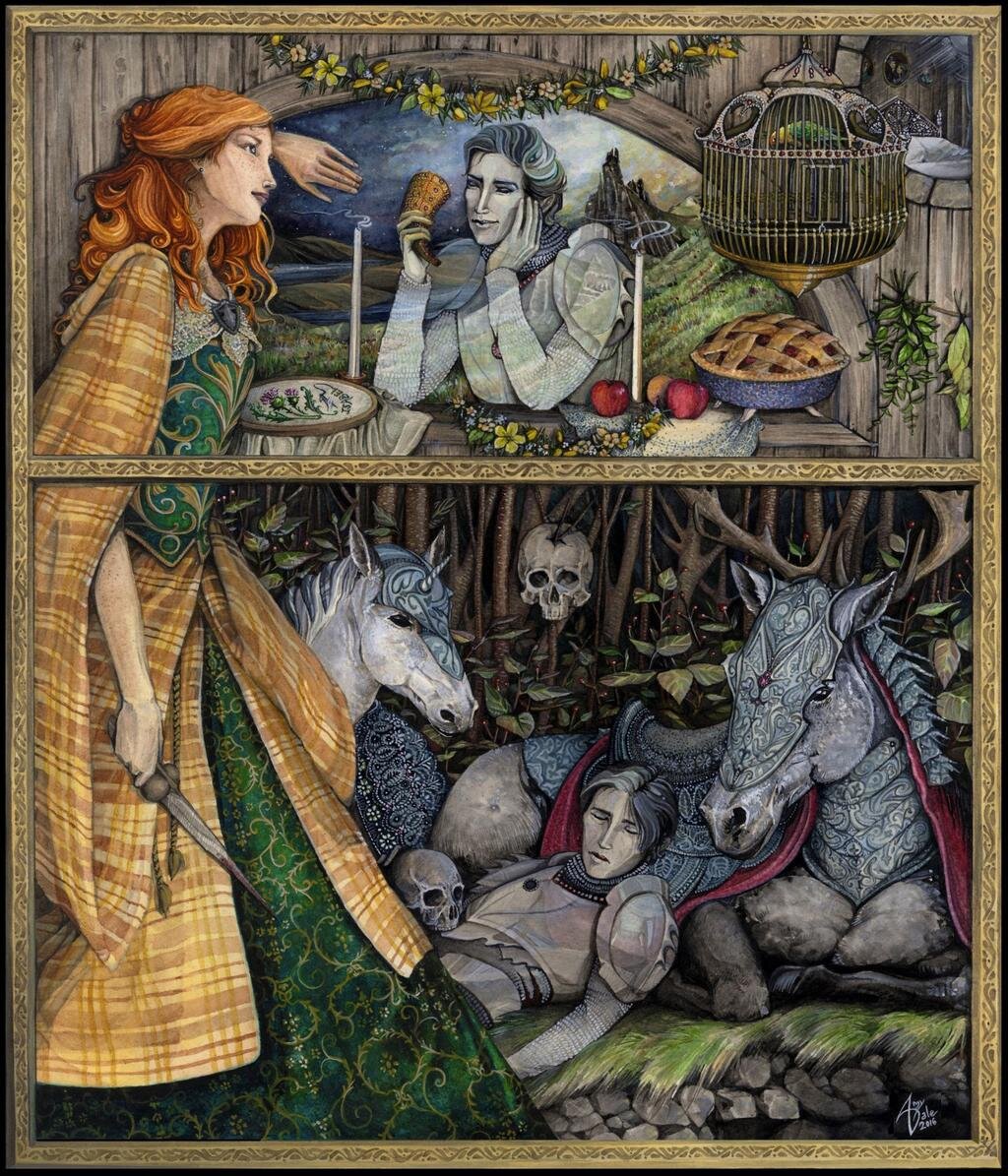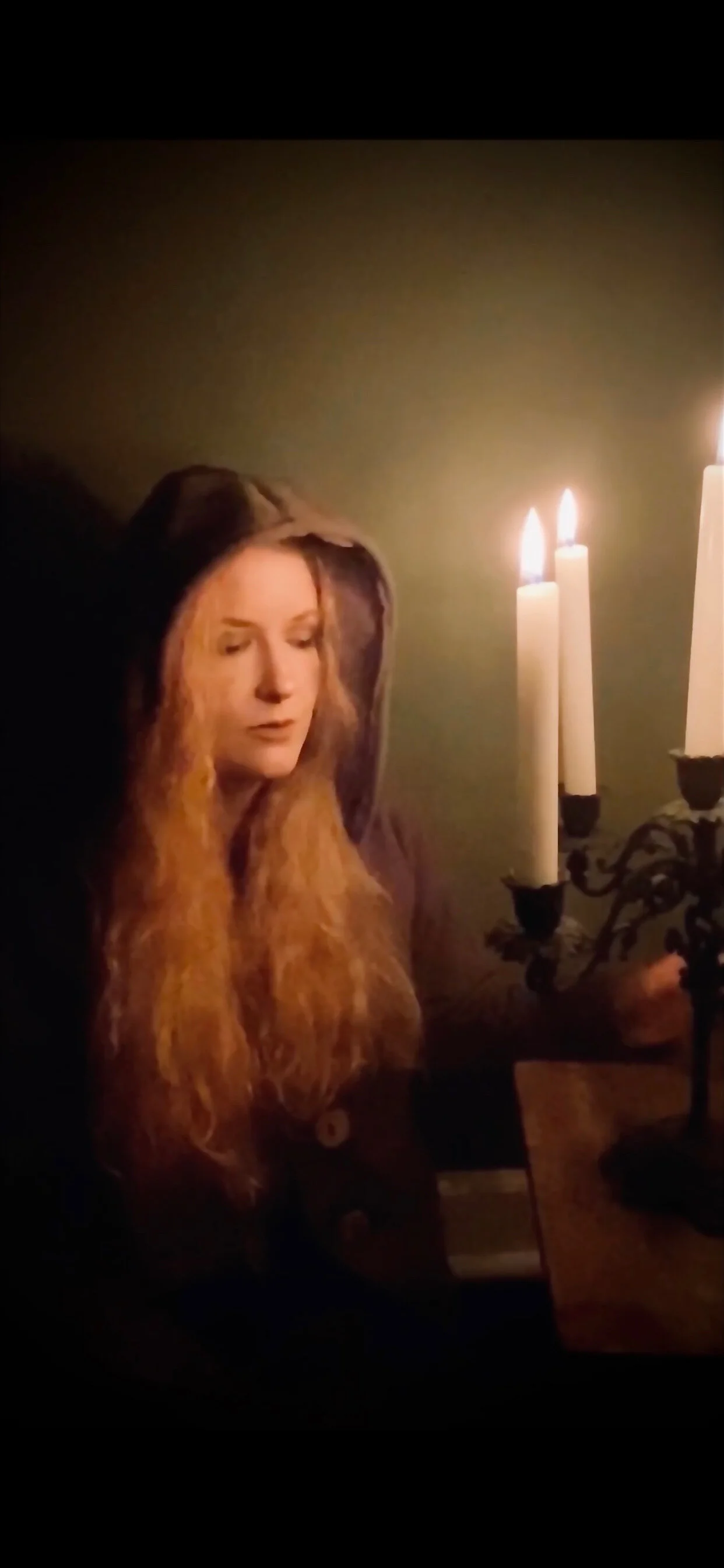Dark Ballads and Cheerful Tunes - The Elf Glade
/Fairies and the Peasant Girl by Yuliya Litvinova
When I was twenty-years-old or so, I first found out about ballads. Mind you, I’d listened to them before that time, thanks to my parents’ love of 60s folk, and my passion for Loreena McKennitt, but I didn’t know that there was an entire world of deep and rich stories known as “ballads” that had been passed down through centuries. My discovery came when my boyfriend at the time introduced me to the music of Steeleye Span. I was captivated immediately, and fell in love with ballads such as Tam Lin (inspiration for the name of Carterhaugh School), Thomas the Rhymer (inspiration for The Fernie Brae store), and my personal favorite, The Elf Knight.
In voraciously seeking out more music of a similar ilk, I came across the musician, Meg Davis. Davis is a folk musician who specializes in ballads, and many of her songs are original compositions with a respect to the longstanding ballad tradition. Although I enjoy much of her music, one song very quickly became a stand-out favorite, and that is her song “The Elf Glade.” Much like the classic ballad I so adore, The Elf Knight, her song emphasizes the danger inherent in interactions with fey folk, and the lyrics have stuck with me deeply throughout the years since I first heard it, as all good ballads do, despite the fact that for many years I didn’t have access to hear the song again.
There is something seemingly odd about Davis’ song to those who are unfamiliar with the ballad tradition. Despite the fact that the lyrics are quite dark and frightening, the song is sung in a sprightly and chipper tone with a peppy melody which in some ways makes it even more eerie. She is by no means the first balladeer to choose to perform their song with such a contrast between tone of lyrics and tone of melody. The song “Long Lankin” by Steeleye Span is another example, in which the lyrics “there was blood all in the kitchen, there was blood all in the hall, there was blood all in the parlor where my lady she did fall” is sung in a way that seems to better befit a schoolyard play song. And yet really, as long as we’re on the playground, we should remember also that some say the cheerful “Ring Around the Rosie” is about people dying in the Great Plague.
I asked my friend and folklorist Dr. Sara Cleto about this strange tradition, and she pointed out that it was likely a similar impulse to the way lullabies are sung to young babies, “all pretty and calm, and the words are horrifying.” She also mentioned the tradition of divorcing emotion in performance from the content. “Traditional ballad singers are taught to sing in a way that is detached from the story - not to make it sound more dramatic at the dramatic places, like a storyteller would.”
I also asked Stephen Winick about the tradition, as he is both a folklorist and a musician. He pointed out that “a lot of what makes a tune sound chipper or happy are things like tempo and rhythm, and we don’t have good records of what people actually sounded like,” which is why it’s hard to say how far back this tradition of eerie songs being sung to happy tunes dates back. And he also mentioned that there isn’t any real continuity: “From the early days of sound recordings we have gruesome ballads sung to brisk and happy sounding tunes. Your example, “Lankin,” is a good one. I just posted a version in my latest blog that sounds happy, but the tune Sharp got, which was published in the Penguin Book of English Folk Songs, was mournful.”
Lady Isabel and the Elf Knight by Alsdale
Although personally, I enjoy the idea of creepy songs being sung to chipper tunes, I did feel like it would be a fun twist to do a dramatic recitation of Meg Davis’ incredible song in a more somber way. So a couple of weeks back, I put on my finest cloak, lit the tapers on my iron candelabra, and turned off all the lights, filming this little video for you. Be sure to watch the video before you read the lyrics to her song below.
I find it so amusing when people assume that because I am captivated by and frankly obsessed with faeries that this means I only appreciate the light, airy, beautiful creatures of Victorian and post-Victorian reputation. I have a delicious fascination as well for the Unseelie, dark side of faerie, the terrifying creatures who entice and beguile, and then entrap and ensorcell. This, dear friends, is the scary side of Halloween that I am both drawn to and afraid of. There is no light without darkness. There is no Seelie without Unseelie. And there is no happily sung song about a mortal-stealing faerie without an eerily rendered version as well.
Happy Halloween to you all, and a very Blessed Samhain for those who celebrate it.
Yes, they're real
(No, they can't be)
Yes they are, I've seen them walking
Out beyond the wooded garden
Through the town and through the valley
Yes, they're real
(No, they can't be)
Yes they are-you are not hearing
For I say I've seen them drinking
In the "Tavern of the Moon"
Steel and mail and gilded crossbow
Feather of the ancient wind bird
Wide as wonder, tall as starlight
Lords of earth and lords of fire
Life the love that they desire
Lords of earth and lords of fire
Life the love that they desire
Yes they're real
(No, they can't be)
Come with me and see what might be
(I'm afraid)
O you are childish
Nothing kills that does not know ye!
Come ye now
(No, I fear thee!)
Did I say that I would leave thee?
(We have walked too far this night, out beyond the firelight!)
Come ye now
(No, I fear thee!)
Come with me, for I will take ye
Dancing now with all my brothers
I am real and like the others!
Yes they're real
"No!" you told me
"Yes, " I said, "you should believe me"
Now we have you wrapped in darkness
Now we keep you, never leaving
Trade your life for not believing!
Steel and mail and gilded crossbow
Feather of the ancient wind bird
Wide as wonder, tall as starlight
Lords of earth and lords of fire
Life the love that they desire
Lords of earth and lords of fire
Life the love that they desire!








